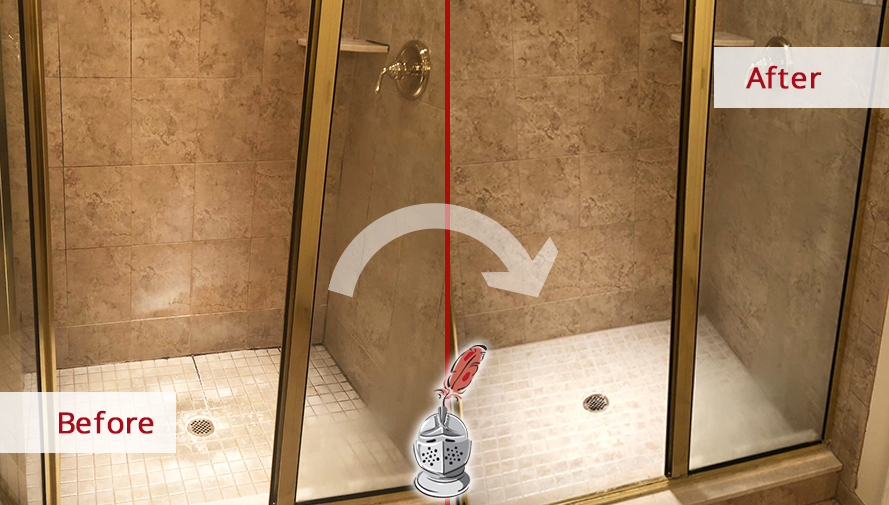What are your thoughts with regards to Common Causes of Water Damage in a Bathroom?

The shower room is very prone for moist buildup as well as potential water damages due to the constant use of water in it. This write-up provides straightforward assessment techniques to assist spotting water damages risks.
The constant use of water in the washroom makes it incredibly at risk for moist buildup and possible water damage. By checking it routinely, you can minimize water related problems.
The adhering to set of assessments is very easy to execute and ought to be done as soon as in every three months in order to keep your restroom healthy and to avoid possible water damages triggered by the bath tub, the shower, pipe joints as well as plumbing, sinks, closets, and the toilet
Do not disregard executing these evaluations and also be comprehensive while doing them. Remember that these easy inspections can save you a great deal of cash by providing early indicators for water damages
Sinks and Cabinets
Sinks as well as cupboards are exposed to wetness and also moisture day-to-day and are frequently ignored. Check regularly under the sink and on the counter top above it. Fix any kind of drip in the trap as it may suggest drainpipe troubles. Look around the sink, slow draining pipes might show an obstructed drainpipe. Replace sink seals if they are cracked or loose.
Tub as well as Shower
The shower as well as bath tub call for special attention and upkeep. Examine the floor tiles and replace if cracked. Ensure that there is no missing grout between the ceramic tiles. Evaluate as well as change fractured caulking at joints where the wall surfaces meet the floor or the tub. Blocked drains pipes as well as pipelines troubles will certainly prevent the tub from drying out as well as might show major issues underneath the bath tub. Seek advice from a specialist quickly to stop structural damage. Pay attention to discolorations or soft areas around the bath tub wall surfaces as they might show an inner leakage.
Plumbing
Signs for water damages are tough to discover considering that a lot of pipelines are mounted inside the wall surfaces.
Pay unique interest to flooring and walls dampness and also spots as they may indicate an invisible plumbing trouble. Inspect wetness levels in adjacent areas also.
The Bathroom
The commode is an at risk water joint. Check the water lines and look for leakages around the bathroom seat, in the pipe, as well as under the water tank. If you identify any kind of indications of moisture on the flooring around the commode, check for leaks in the toilet edge as well as tank seals.
Be aware that hanging commode bowl deodorants raises the possibilities for clogs.
Water Damage Signs In The Bathroom To Avoid Cleanup
Musty smell
This is one of the easiest signs to catch because musty smells are so odorous. The damp, earthy, moldy smell should be a big red flag. The smell will develop when moisture gets trapped in surfaces, and begins to facilitate mold growth. Leaking pipes under cabinets, inside walls, and behind shower fixtures will cause moisture to stay trapped and not dry, which will lead to mold growth and spread. As soon as you notice any musty smells in your bathroom, have it checked for hidden water damage and cleanup signs.
Visible mold
If the smell isn’t there to give it away, sometimes you will actually see mold growth. Finding mold in your bathroom is a serious problem, because mold is very harmful to your health. By the time mold growth is visible, it also means that water damage has already occurred and been present for some time. The only way the mold problem can be resolved is to find the source of the moisture and get it stopped. To safely and adequately remove mold, you need to have professionals handle the remediation. Do not waste any time in getting mold problems addressed, fixed, and sanitized so that you can protect you and your family from the many respiratory symptoms caused by mold exposure.
Damaged floors
Bathroom floors should be able to withstand some exposure to water while still remaining in good condition. However, when excess exposure or water leaks occur, they will begin to damage even the most water-resistant flooring. If you notice any cracking, bubbling, staining, or warping on your bathroom floors, there is probably a water leak somewhere causing the distortion. If you notice areas of the floor have become softer, or even have a spongy feeling, there is probably damage to the subfloor. Subflooring is typically made up of plywood. When plywood is exposed to water or moisture, it will absorb it. Once it has become saturated, the weight of the excess water will cause the wood to swell and soften. Check the floors in your bathroom frequently to catch any of these sings before they lead to damaged subflooring.
Changes on walls
When water leaks behind walls, it will cause changes in the drywall. Peeling plaster, blistering paint, and soggy wallpaper are all good indicators that excess water is building up behind the wall. Water leaking behind drywall will cause it to swell and be soft to the tough. If you start to notice gaps along the trim of your walls, or where tile meets the wall, it could also be a strong indicator that there is a leak behind the wall. Any changes, distortion, or damage on the walls should be evaluated as soon as you notice it to prevent further water damage and cleanup.

We were introduced to that write-up about Common Causes of Water Damage in a Bathroom from a friend on a different domain. So long as you appreciated our blog posting please do not forget to share it. I take joy in reading our article about How to Repair and Prevent Bathroom Water Damage.
Quote & Schedule